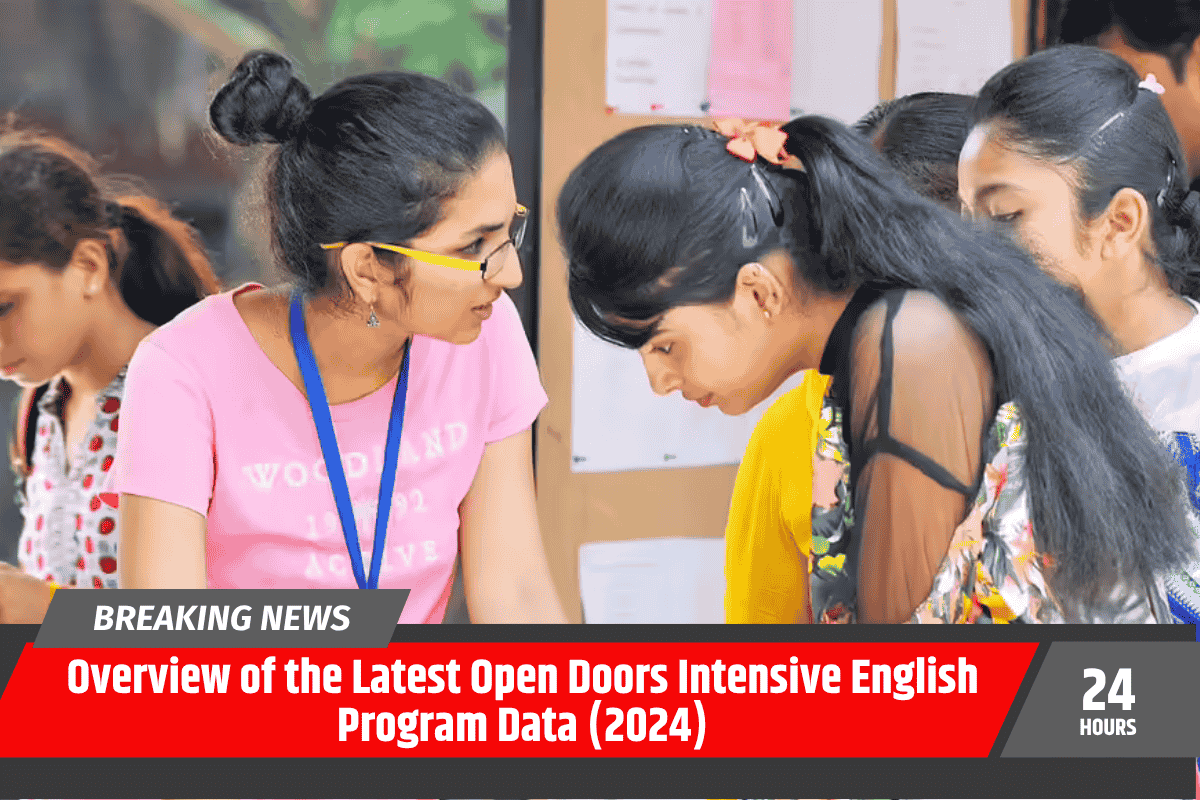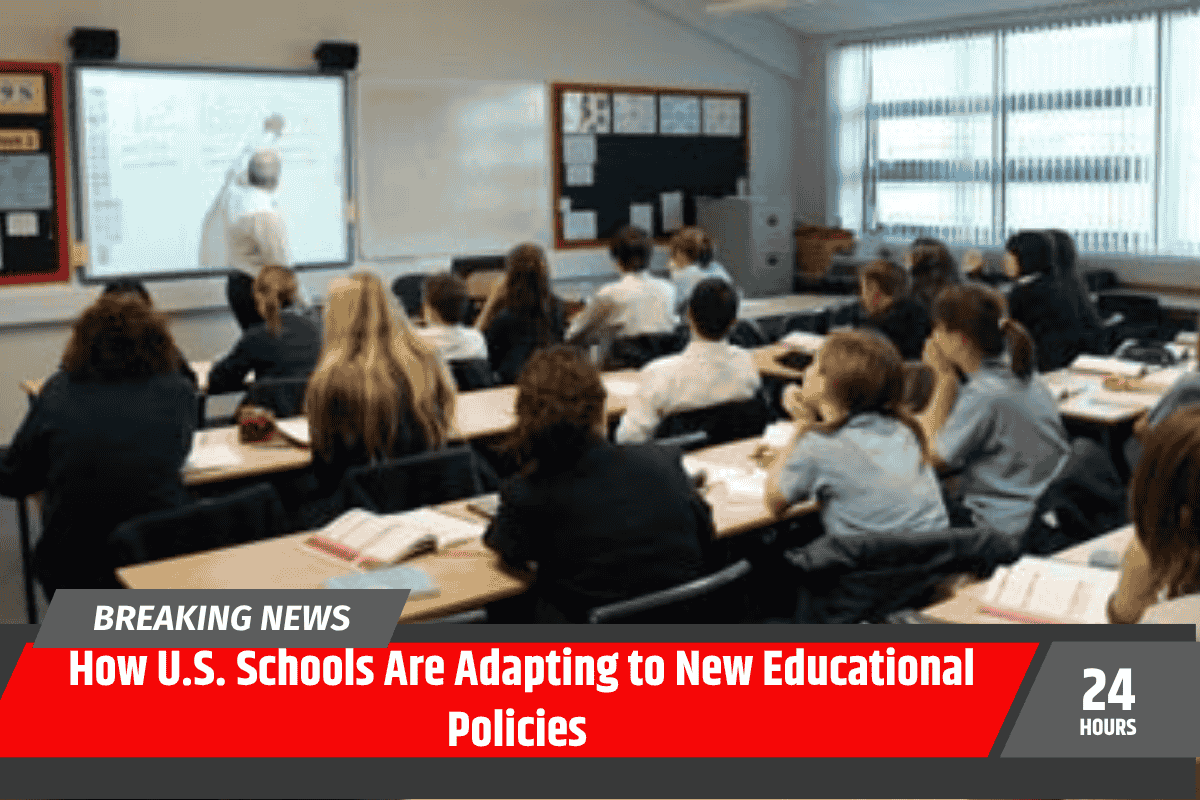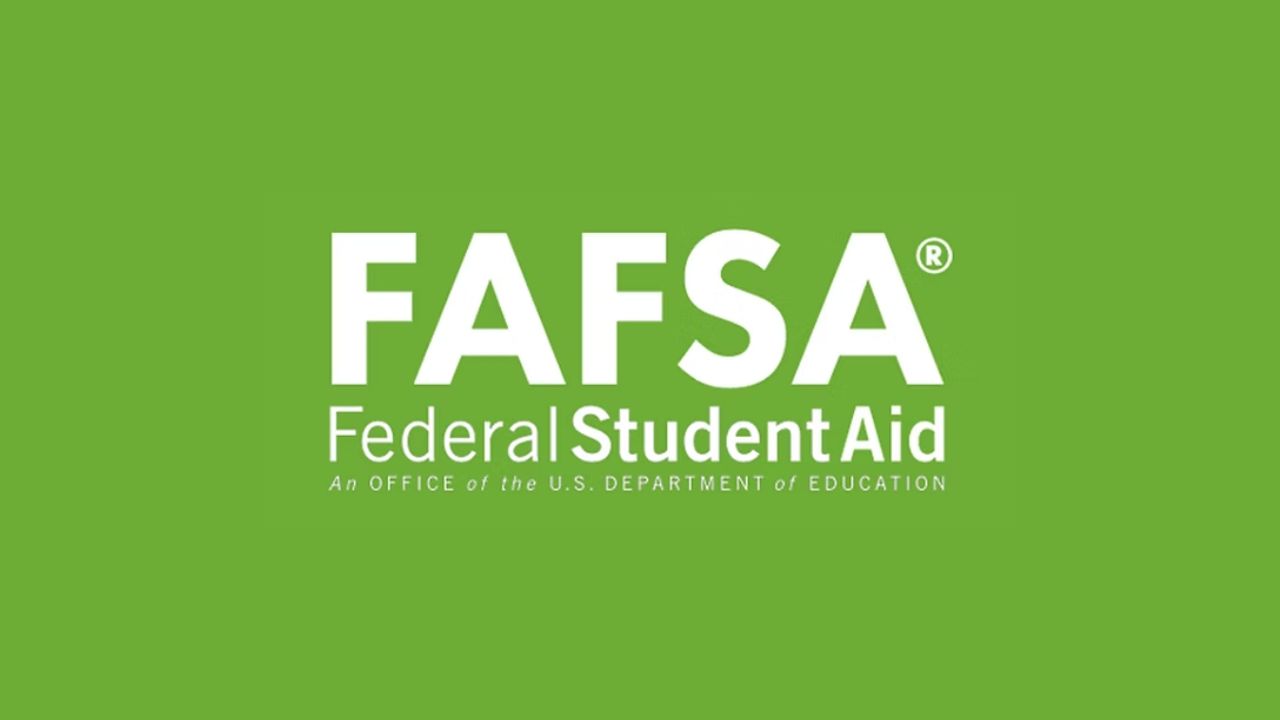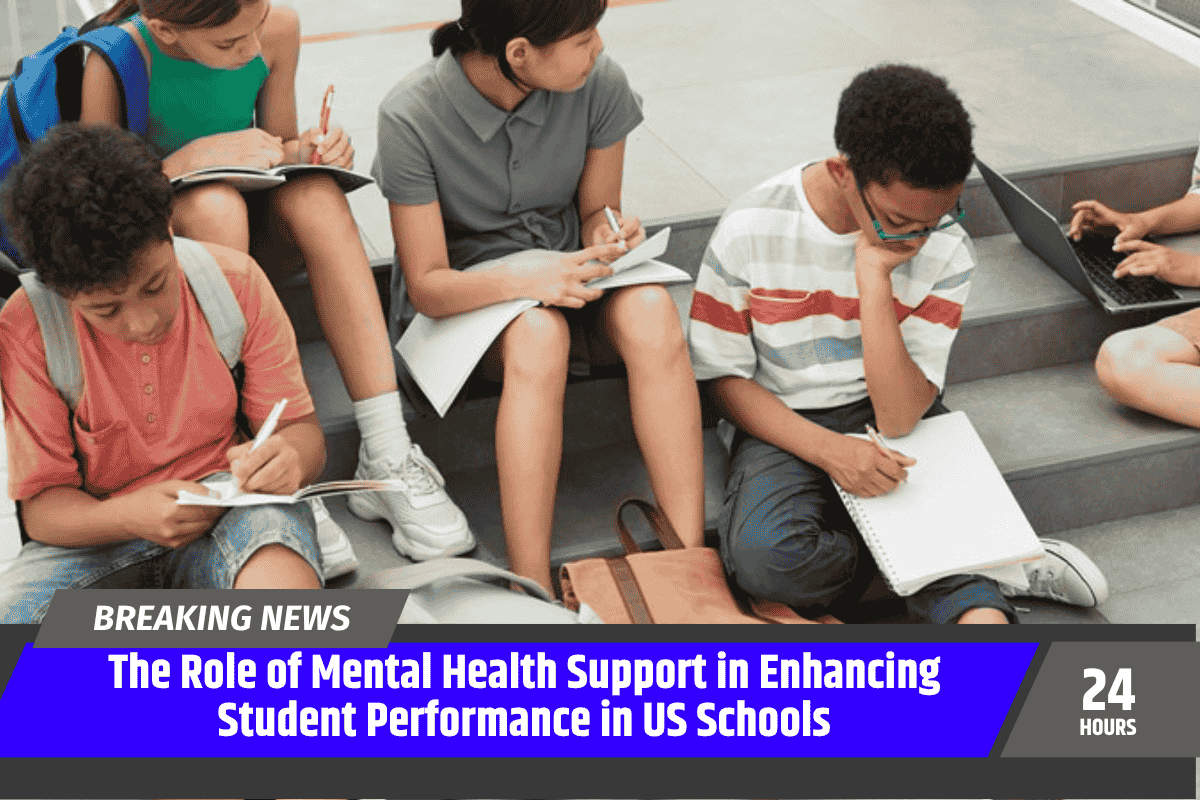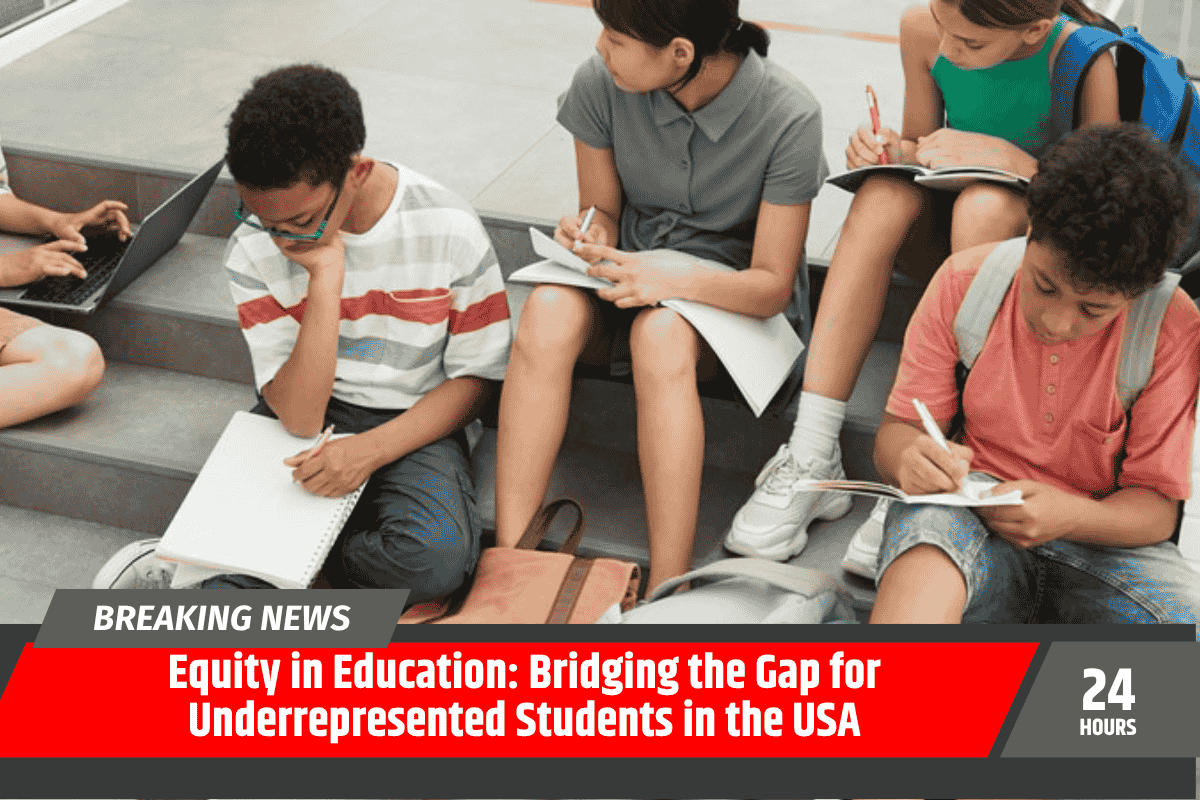The Open Doors Intensive English Program (IEP) Data for 2024, released by the Institute of International Education (IIE), shows both growth and challenges in the international student sector in the USA.
Based on responses from 347 IEPs, the data highlights changes in enrollment trends, source markets, and visa types, as well as shifting preferences in provider types.
Despite facing a dip from peak levels in previous years, the sector has made a significant recovery since the pandemic, with some notable shifts in student demographics and geographic sources.
Key Data Highlights: A 2% Increase in Enrollment
The total number of international students enrolled in IEPs in 2024 reached 69,386, marking a 2% increase from 67,924 students the previous year.
This increase represents a strong recovery, reaching 92% of the pre-pandemic levels seen in 2019, where 75,379 students were enrolled. However, enrollment remains far from the peak of 133,335 students in 2015.
Additionally, the data shows an increase in student weeks delivered, with 768,883 weeks in 2024, up 1.5% from 757,712 in 2023. However, the number still lags behind the 1,041,553 weeks delivered in 2019, indicating a recovery rate of 72.7%.
The average length of stay in 2024 was 11 weeks, slightly lower than 2023 and significantly shorter than the 13.8 weeks in 2019.
Regional Trends: Japan Leads, Vietnam Shows Strong Growth
Japan topped the list of source markets, contributing 10,784 students to the IEPs, although this was a slight decrease of 1.8% from the previous year.
China, on the other hand, saw a remarkable 39% increase, reaching 5,538 students, while Brazil grew by 14.3% to 5,471 students. France and Italy also showed growth, with increases of 4.4% and 8.2%, respectively.
One of the standout stories for 2024 was Vietnam, which saw a 59% increase, bringing 2,107 students to the IEPs. This surge aligns with broader trends of growth in Vietnamese students pursuing education in the US, as seen in the SEVIS report for K-12 students.
In contrast, Saudi Arabia, which was once a top source market, saw a significant decline of 17.5%, dropping to 2,275 students in 2024. This decline is especially notable when compared to 2015, when Saudi students numbered 37,982 at IEPs in the US.
European Students and the Shift in Regional Distribution
European students made up a significant portion of the international student body, accounting for 29% of all IEP students in 2024, up from only 10% in 2019. Countries like Germany, Switzerland, Spain, and Poland all saw slight growth.
Independent providers, which are not affiliated with any higher education institutions, hosted 54% of students, including a large share of French, German, and Italian students.
On the other hand, countries like Vietnam, China, and South Korea had a higher percentage of students enrolled in IEPs affiliated with colleges or universities.
Visa Trends: More F-1 Visas for Longer Stays
Visa data reveals that 54% of IEP students were enrolled on F-1 student visas, a slight increase from the previous year, while 41% held B travel visas, reflecting growth in short-term enrollment from European students.
Independent providers not affiliated with higher education institutions saw a higher percentage of students on B visas (57%), while IEPs connected to universities or colleges had 68% of students on F-1 visas.
Popular Host States: California, New York Lead
The state-level data highlights California as the leading host state, welcoming 16,407 international students to its IEPs. New York followed with 12,366 students, while Massachusetts, Florida, and Hawaii were also significant hosts.
The Path Forward: Plans for Further Study
According to a related survey, 28% of IEP students intended to continue their studies in the US, a figure that remained consistent with the previous year.
However, students enrolled in IEPs affiliated with higher education institutions showed a higher intention to continue into further studies, with 43% planning to pursue additional academic programs in the US.

